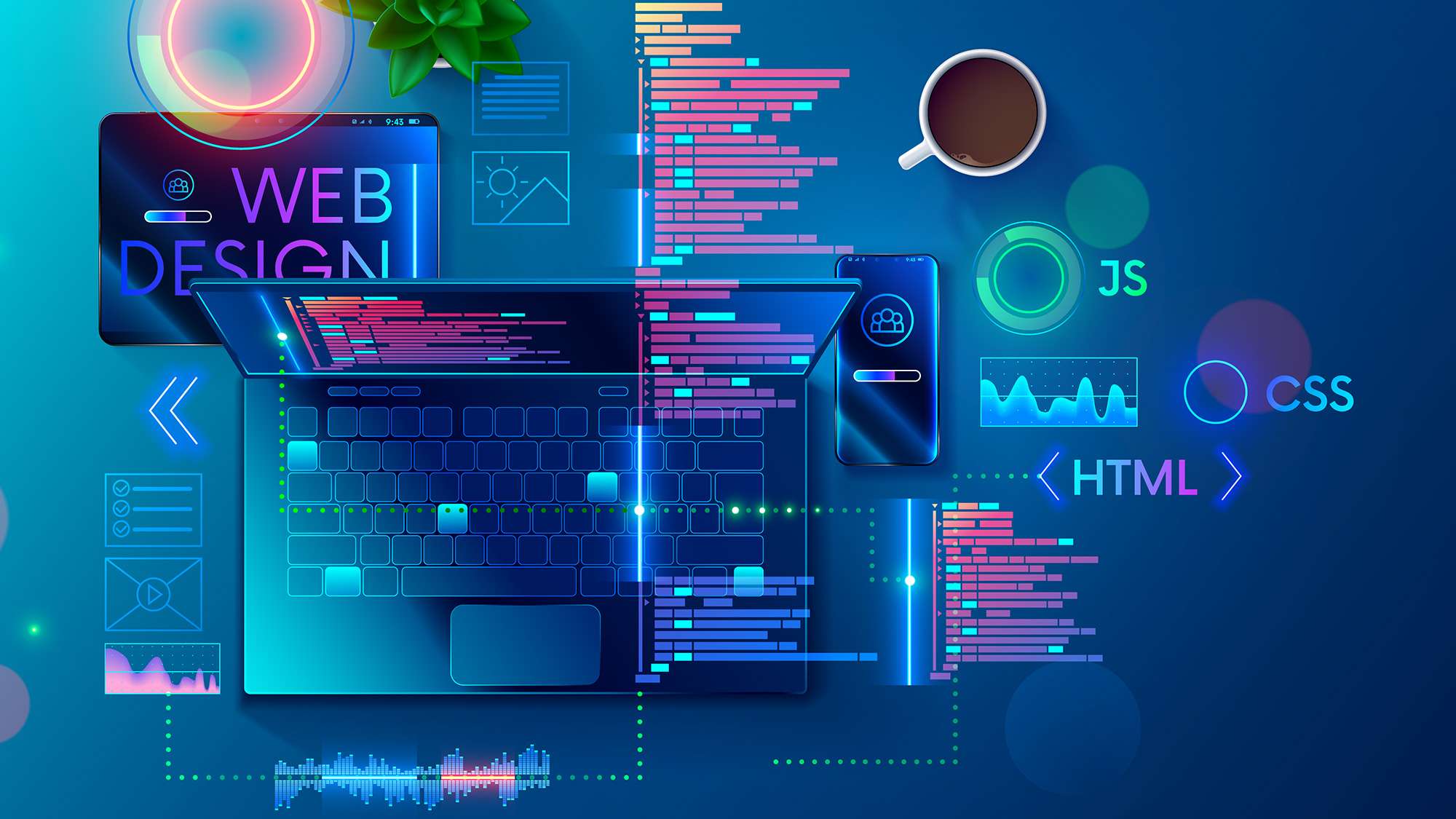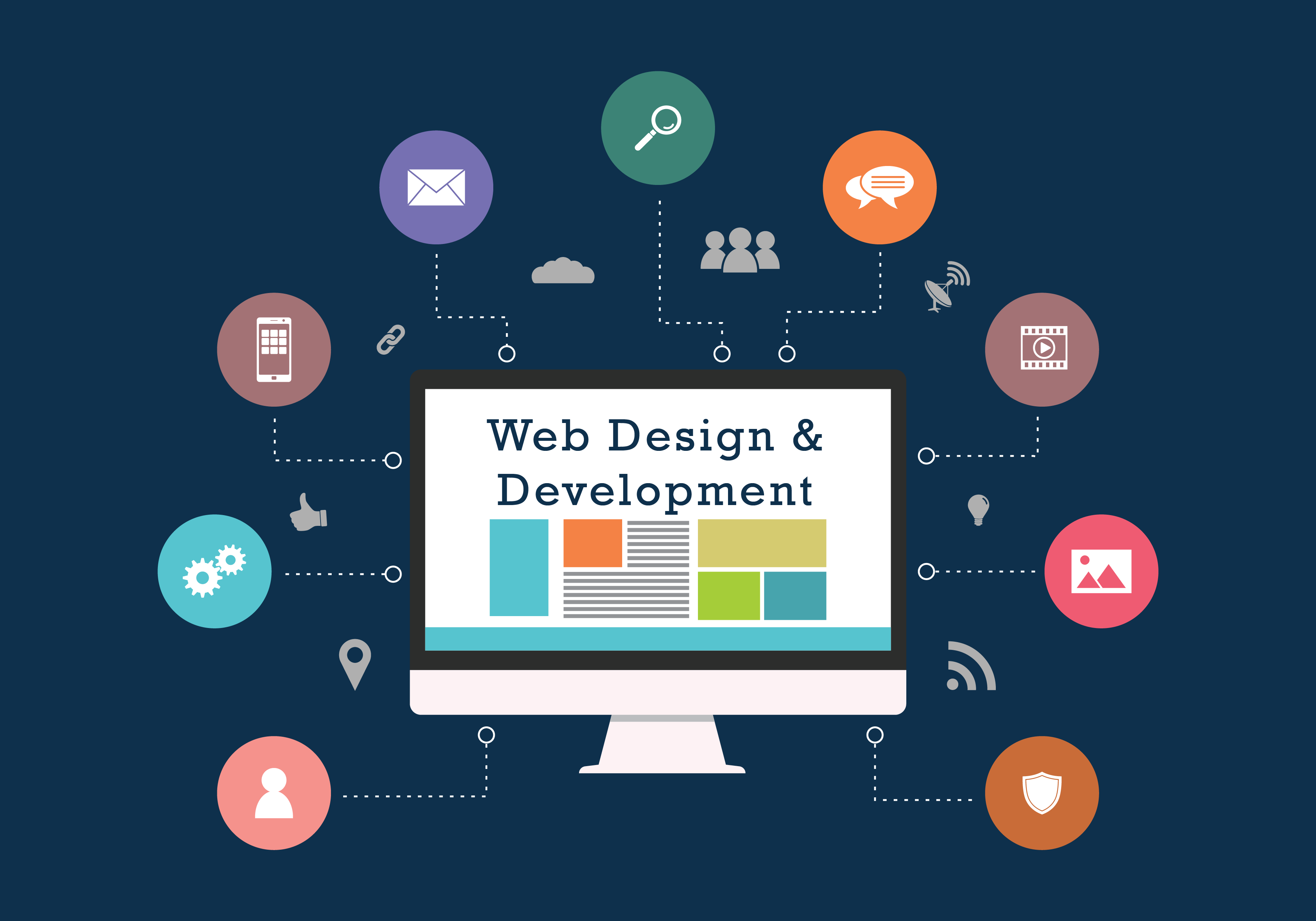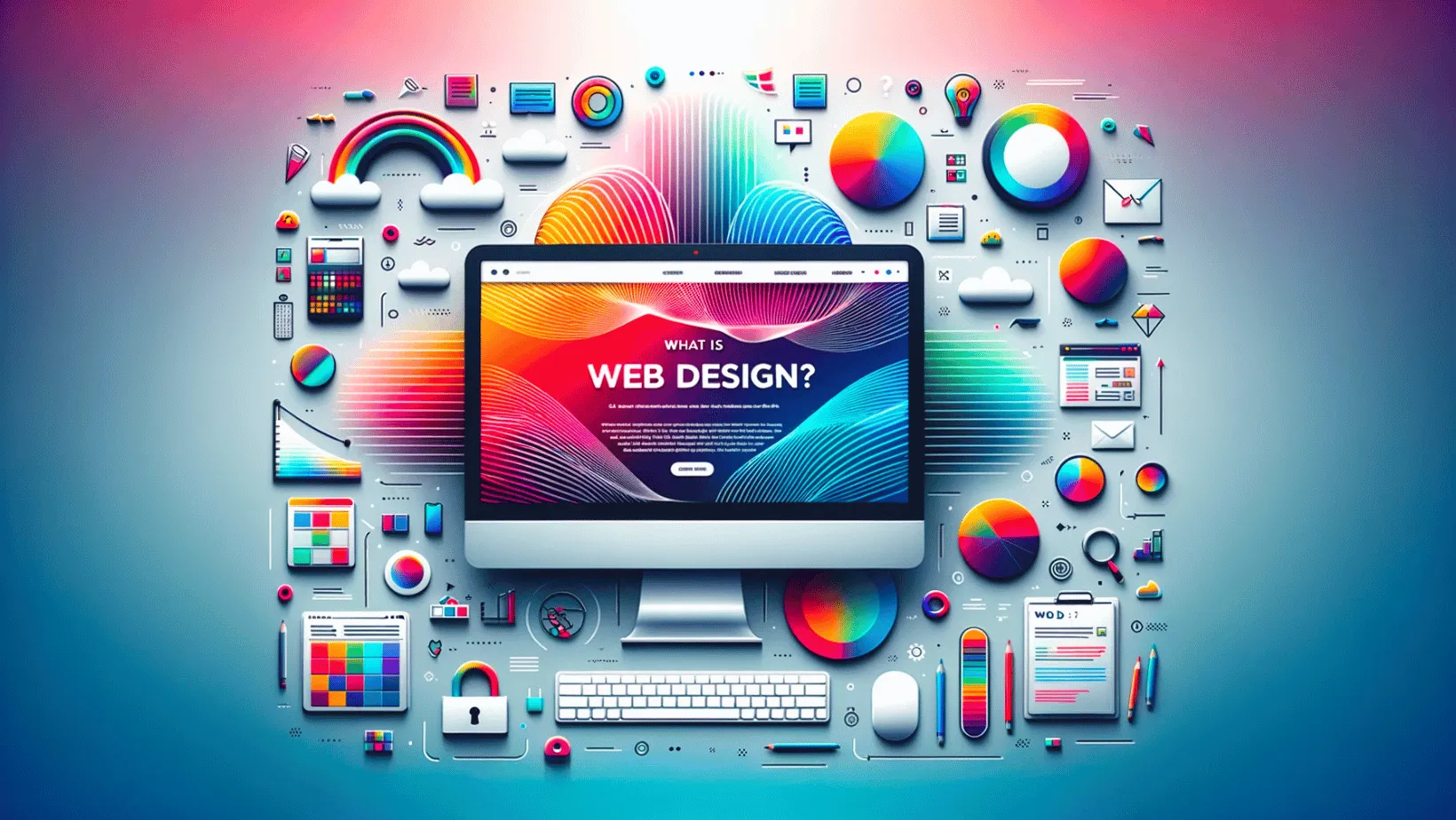Maximize Individual Experience With Innovative Website Layout Solutions
In today's electronic landscape, optimizing user experience with innovative site layout solutions is important for organizations seeking to engage their audience efficiently. The integration of interactive components can further raise the customer journey, prompting a reevaluation of conventional layout techniques.
Recognizing User-Centric Style

To carry out user-centric layout successfully, it is important to conduct extensive research study, including user meetings, surveys, and functionality screening. These research approaches offer beneficial information that notifies style decisions, guaranteeing that the end product straightens with user assumptions. Additionally, developing individual personas can assist developers empathize and visualize with the end-users, leading the design procedure toward a lot more relevant solutions.
Additionally, repetitive layout is a key part of user-centric techniques. By continually testing and refining designs based on customer comments, developers can determine discomfort factors and locations of renovation, leading to a more sleek last item. Ultimately, user-centric style is not merely a stage in the advancement procedure yet a constant commitment to focusing on individual demands, resulting in more engaging and efficient electronic experiences.
Relevance of Responsive Layouts
As digital interactions progressively take place across a selection of devices, the significance of receptive designs can not be overemphasized. A receptive format makes certain that a web site adapts effortlessly to different screen dimensions, from desktop monitors to smartphones. This flexibility is crucial in today's multi-device landscape, where individuals anticipate a appealing and consistent experience no matter of just how they access content.
The key advantage of responsive design is enhanced individual contentment. When an internet site is maximized for all tools, it minimizes the requirement for zooming, scrolling, or straight navigation, which can annoy customers and lead to greater bounce rates. In addition, search engines like Google prioritize mobile-friendly internet sites in their ranking formulas, making responsive layouts crucial for efficient search engine optimization techniques.
Furthermore, receptive formats promote much easier maintenance and updates. As opposed to managing separate variations of a site for various gadgets, a solitary, fluid layout can be modified, conserving time and resources. This holistic approach not only improves performance yet additionally cultivates brand name coherence throughout platforms. Eventually, buying receptive designs is not just a trend; it is a fundamental concept of modern-day website design that substantially boosts individual experience and involvement.
Enhancing Navigating and Ease Of Access
Efficient navigating and accessibility are crucial parts of a properly designed internet site, dramatically influencing individual engagement and fulfillment. An easy to use navigating structure allows visitors to locate details promptly and without effort, minimizing aggravation and raising the likelihood of repeat gos to. Executing clear, descriptive tags for navigating links, in addition to a rational power structure, can direct users effortlessly via the web site.
Availability is equally crucial, making certain that all users, regardless of their abilities or disabilities, can communicate with the site successfully. This can be attained via the use of suitable color contrasts, text sizes, and alt message for images, which with each other enhance the experience for visually impaired individuals. Integrating key-board navigating and screen visitor compatibility broadens access for individuals with diverse requirements.
Regular usability testing can provide useful understandings right into navigating effectiveness and accessibility problems. By gathering comments from genuine individuals, developers can recognize pain points and make enlightened modifications. Eventually, prioritizing navigation and availability not just fosters inclusivity however additionally grows a positive individual experience, enhancing the brand name's dedication to quality and customer care in a significantly digital landscape.
Using Aesthetic Hierarchy Properly
Aesthetic hierarchy works as a leading framework in site design, routing customers' attention to one of the most vital pop over here elements on a web page. By purposefully arranging visual components such as typography, spacing, and color, designers can create a clear pathway for users to comply with. This structure not just boosts user experience however also improves material comprehension.
One effective way to establish visual power structure is with the usage of size and scale. Larger elements normally draw in even more attention, making headlines and key visuals prominent. Matching this strategy with contrasting colors can additionally differentiate key content from second details, guaranteeing that essential information stands out.
Additionally, the setup have a peek here of elements plays an essential role in leading individual interaction. Employing a grid layout can develop a natural flow, while whitespace helps to separate web content and minimize cognitive lots - Website Design. This willful spacing allows users to refine details a lot more conveniently, resulting in boosted interaction
Lastly, using consistent style patterns helps reinforce visual pecking order, giving users with acquainted cues as they browse the website. By focusing on these principles, developers can properly take full advantage of user experience, ensuring that visitors can effortlessly situate the details they seek.
Integrating Interactive Components
The incorporation of interactive aspects into internet site design can significantly improve customer involvement and total experience. Interactive functions such as quizzes, sliders, and surveys not only mesmerize users but also promote active engagement, making the surfing experience much more memorable. By urging individuals to interact, sites can successfully keep interest and reduce bounce prices.
Moreover, integrating vibrant web content like animations and float results includes an enticing layer of interactivity. These aspects can guide individuals intuitively via the site, highlighting crucial details and calls to activity. For circumstances, animated switches can draw attention and enhance click-through prices.
Furthermore, customization via interactive devices such as chatbots or recommendation engines allows web sites to satisfy individual preferences, cultivating a sense of link. This customized method not only improves individual fulfillment yet also encourages repeat visits.
Integrating analytics tools to track interactions supplies valuable understandings into customer habits, allowing continuous enhancement of the interactive elements. Ultimately, a properly designed interactive experience transforms a passive browsing session right into an appealing trip, leading to boosted individual complete satisfaction and loyalty. As a result, integrating interactive aspects is essential for making best use of individual experience in contemporary web site layout.
Conclusion

In today's electronic landscape, making best use of user experience with cutting-edge site design remedies is necessary for services looking for to involve their target market effectively. Eventually, prioritizing navigating and ease of access not just cultivates inclusivity but additionally grows a positive user experience, reinforcing the brand name's dedication to quality and user care in an increasingly digital landscape.

In verdict, making best use of user experience through innovative web site design options demands a find more information dedication to user-centric concepts. Website Design.